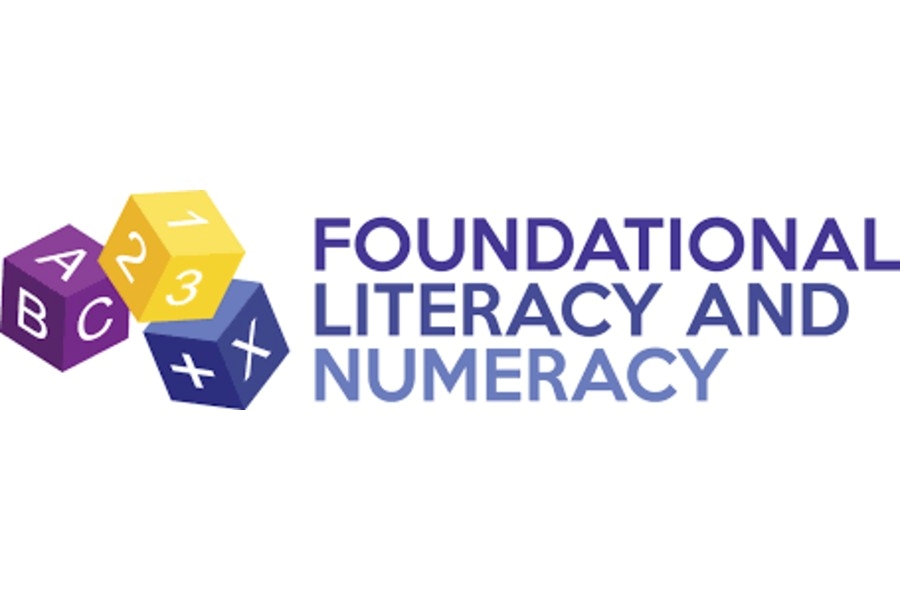Mumbai, November 10, 2025: A new national report by BarrierBreak, in partnership with the National Centre for Promotion of Employment for Disabled People (NCPEDP), has revealed that a large number of India’s most visited websites remain inaccessible to people with disabilities. The BB100 State of Digital Accessibility in India 2025 report found an average of 116 accessibility errors per homepage across 100 websites reviewed from sectors including government, e-commerce, education, healthcare, news, travel, entertainment, and airlines.
The study identified that 64% of the errors were basic WCAG Level A violations, pointing to fundamental design and navigation barriers. The most common issues were poor colour contrast (36%), unclear links (23%), missing keyboard operability (11%), ARIA markup errors (11%), and inadequate image descriptions (7%).
While government and healthcare websites showed marginal improvements, consumer-facing platforms like entertainment and e-commerce continued to rank lowest in accessibility performance.
“The findings are a reminder that millions of Indians continue to be excluded from everyday digital experiences and essential online services,” said Arman Ali, Executive Director, NCPEDP. “The Entertainment, Travel, and E-commerce sectors touch our daily lives, yet remain the least accessible for this demographic. As the Supreme Court has affirmed, digital access is a fundamental right. India needs organizations to treat accessibility as a mainstream business and policy priority by integrating it from the very first line of design. Beyond the moral and legal imperative, the cost of inaccessibility is also economic. Every inaccessible website represents lost customers, reduced engagement, and untapped revenue potential.”
Shilpi Kapoor, Founder and CEO of BarrierBreak, added, “We must stop viewing disability inclusion as a charity. When we design websites, apps, and digital services that everyone can use, we build not just equity, but better products for all. We must remember that a large segment of India’s population stands to gain when digital accessibility is implemented. These are not edge cases, but a vast, potential customer base.”
She further stated, “India’s digital economy has matured rapidly, but the inclusive design culture we need is still catching up. Going forward, embedding accessibility into every stage of digital transformation, rather than scrambling to pass post-launch audits, will improve usability for everyone and, in the process, unlock new markets.”
The report was unveiled at the 4th edition of the Inclusive India: Digital First event held at JW Marriott Sahar, Mumbai, featuring keynote sessions from Amazon Devices and Microsoft, as well as expert panels on accessibility standards, testing methods, and inclusive technology.
The BB100 report was evaluated using BarrierBreak’s A11yInspect tool under WCAG 2.2 Level AA standards, providing a comprehensive cross-sector view of India’s digital inclusion landscape.
BarrierBreak’s annual reports continue to play a pivotal role in shaping accessibility policies and best practices in India’s public and private sectors. This year’s findings reinforce the need for organisations to adopt “accessibility by design” and make digital inclusion a central part of their innovation and growth strategies.

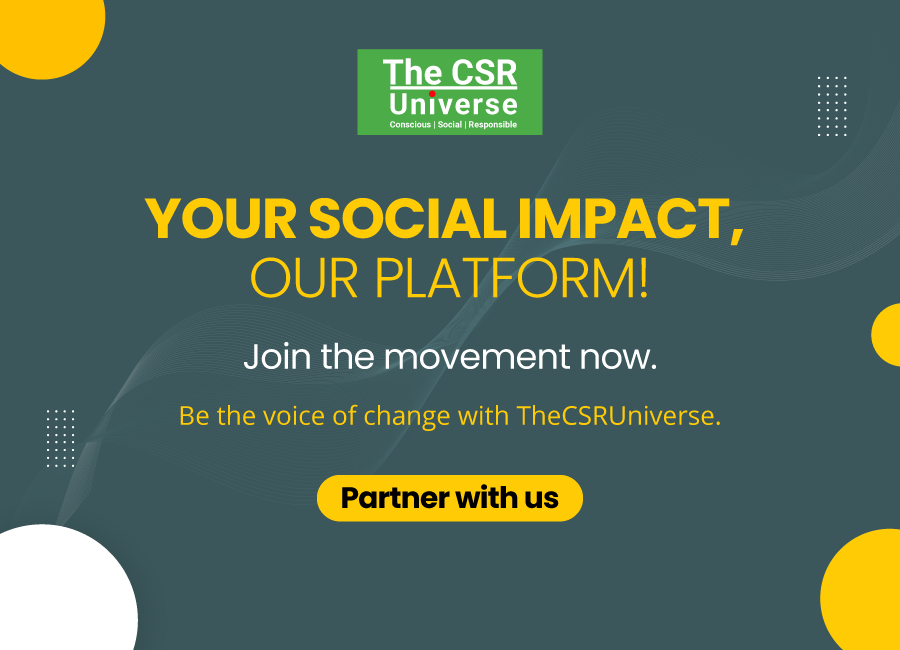

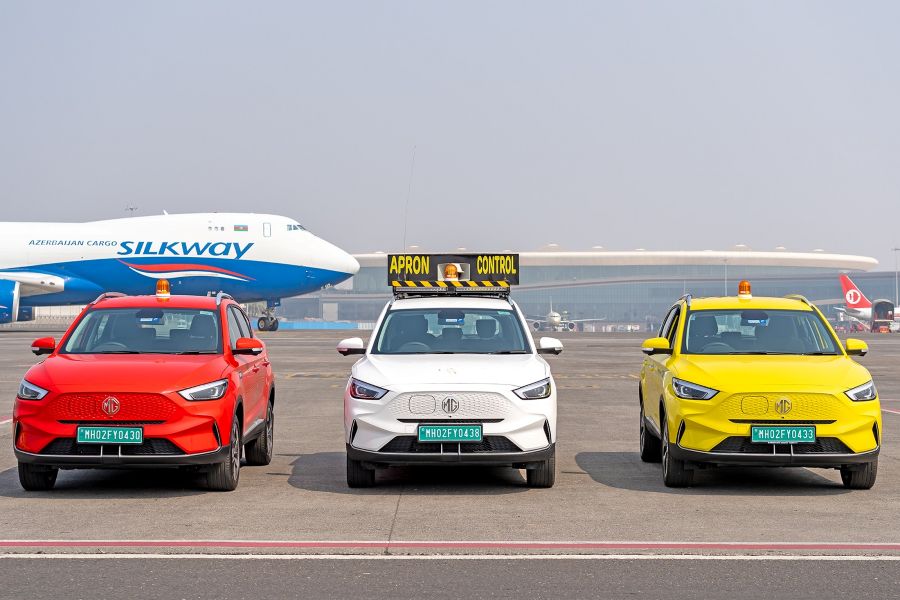
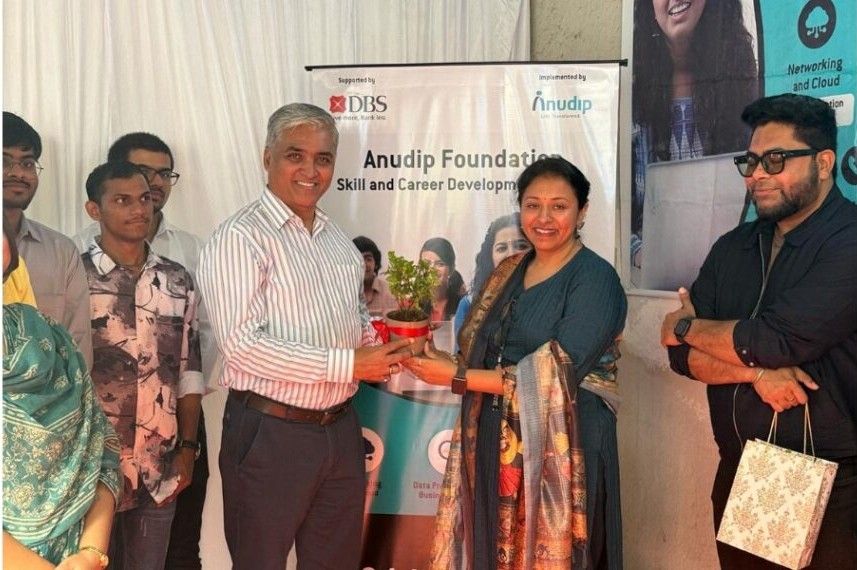

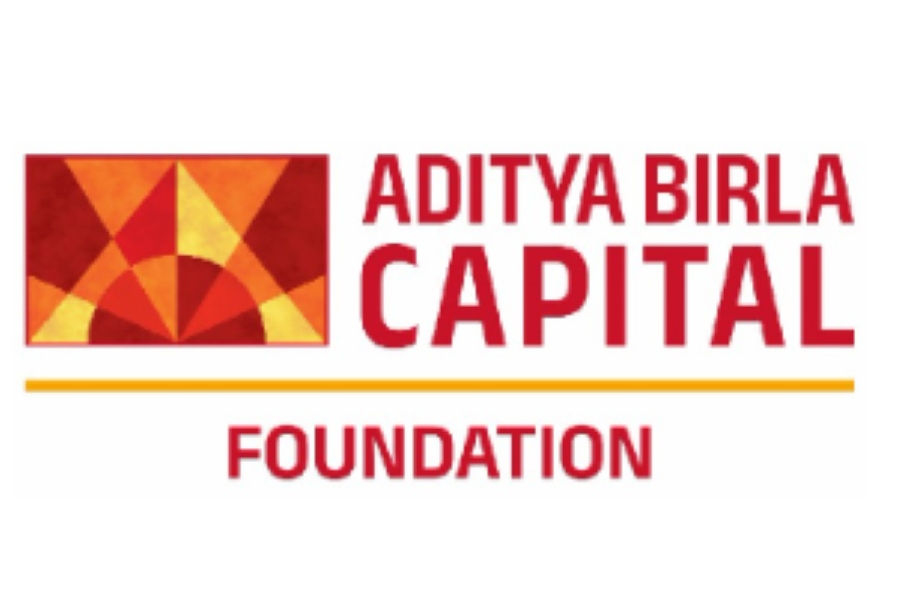
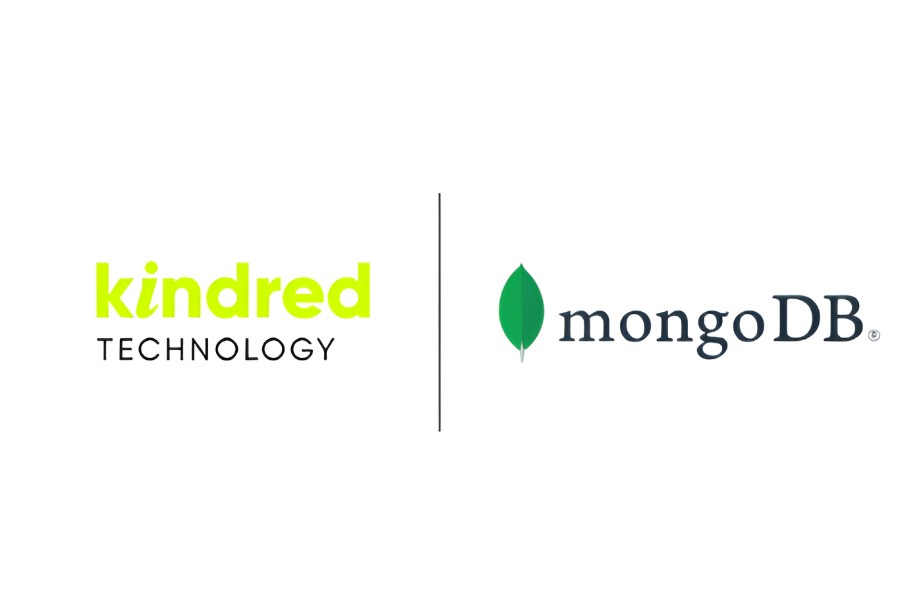


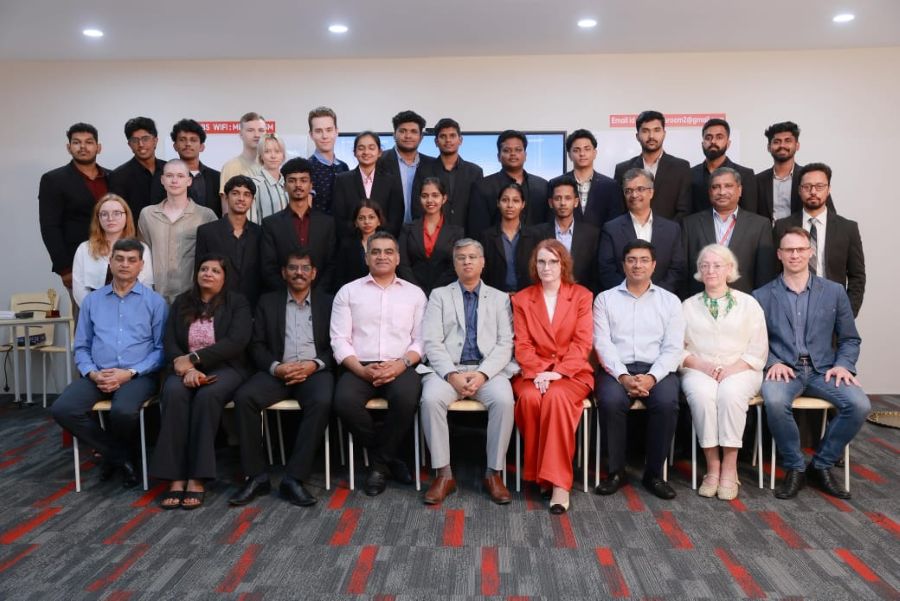
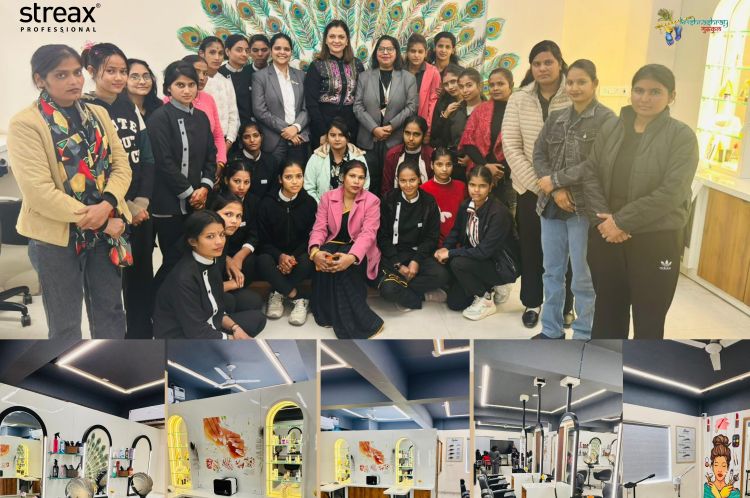
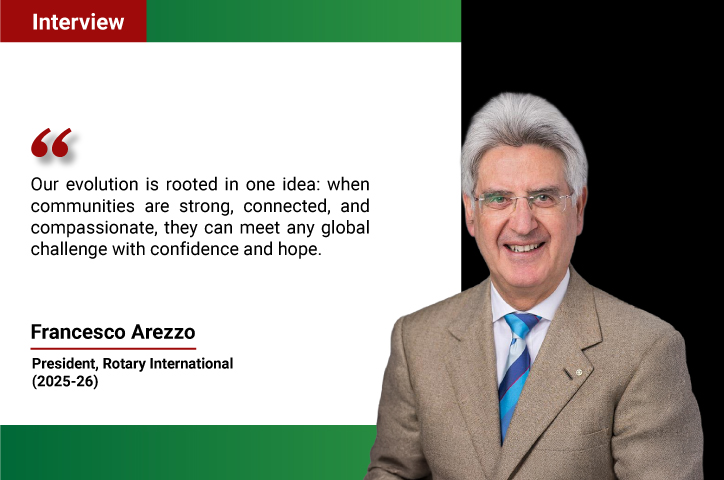

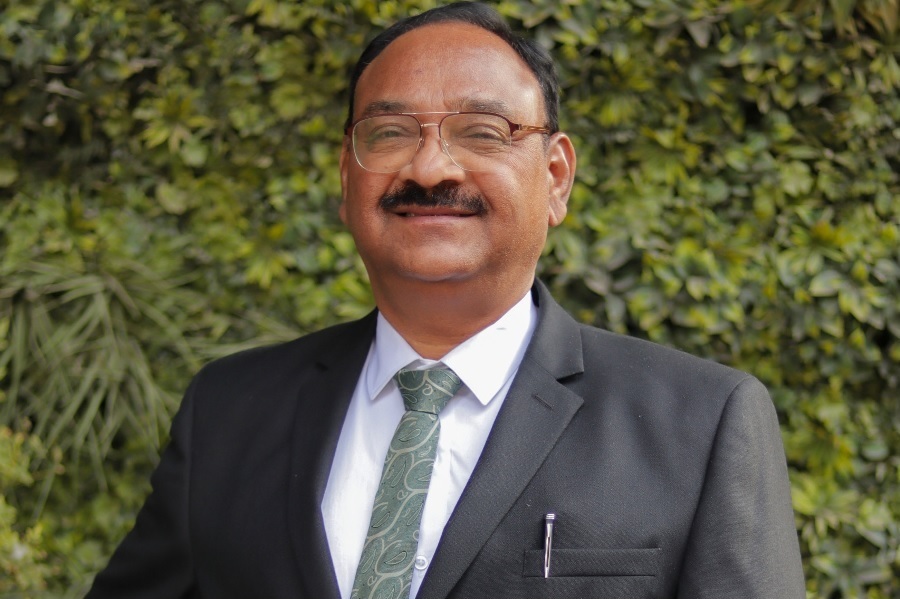

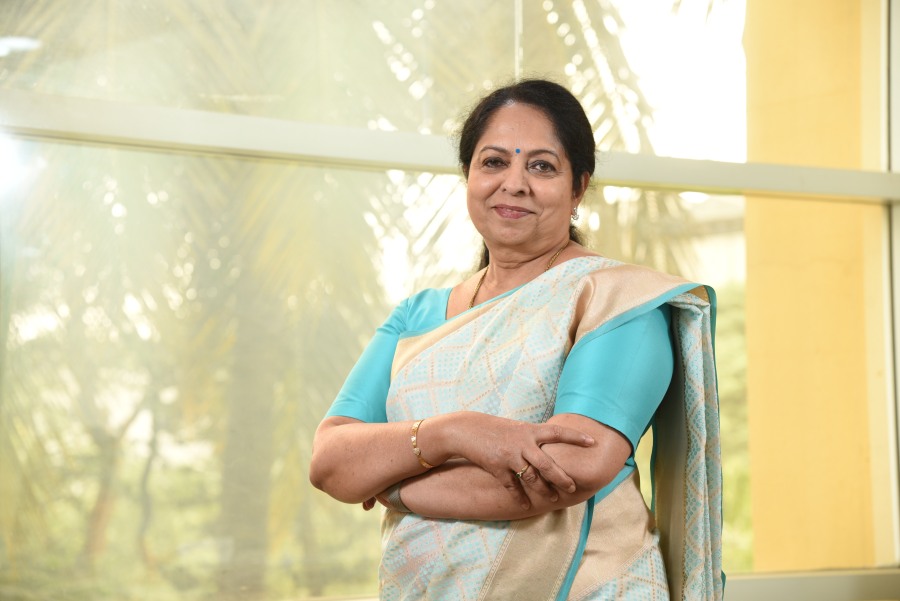
.jpg)
